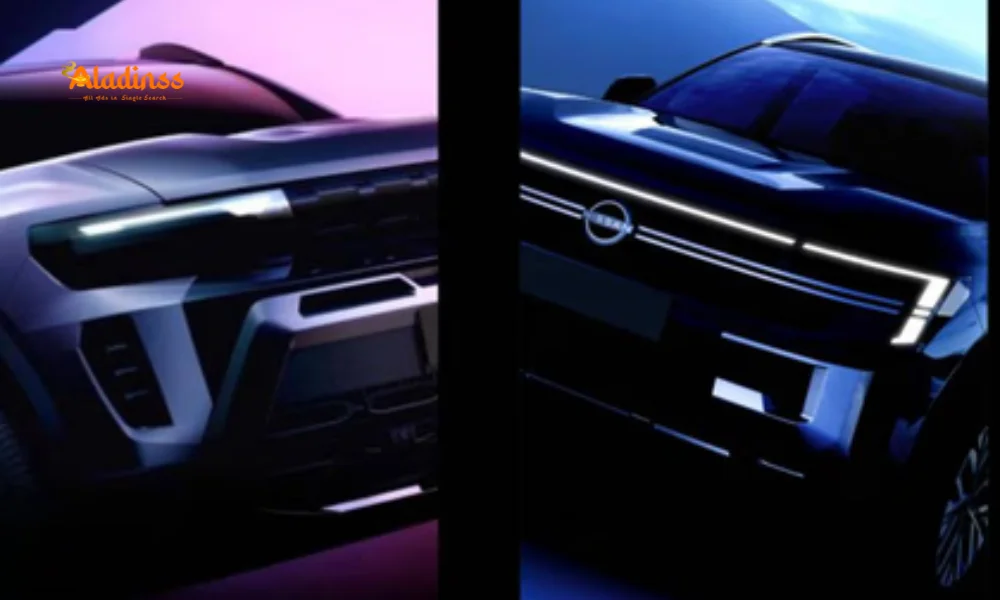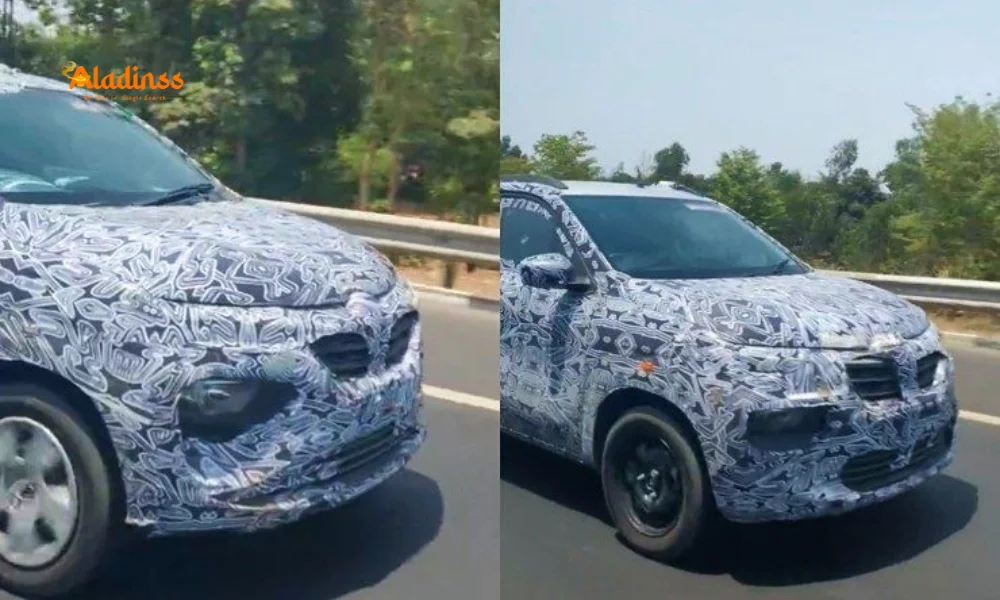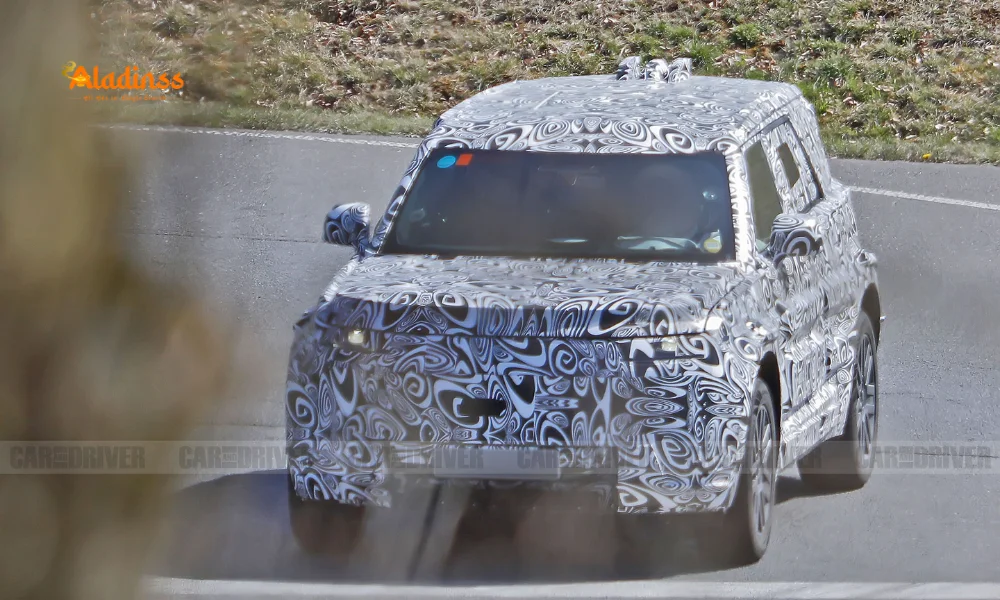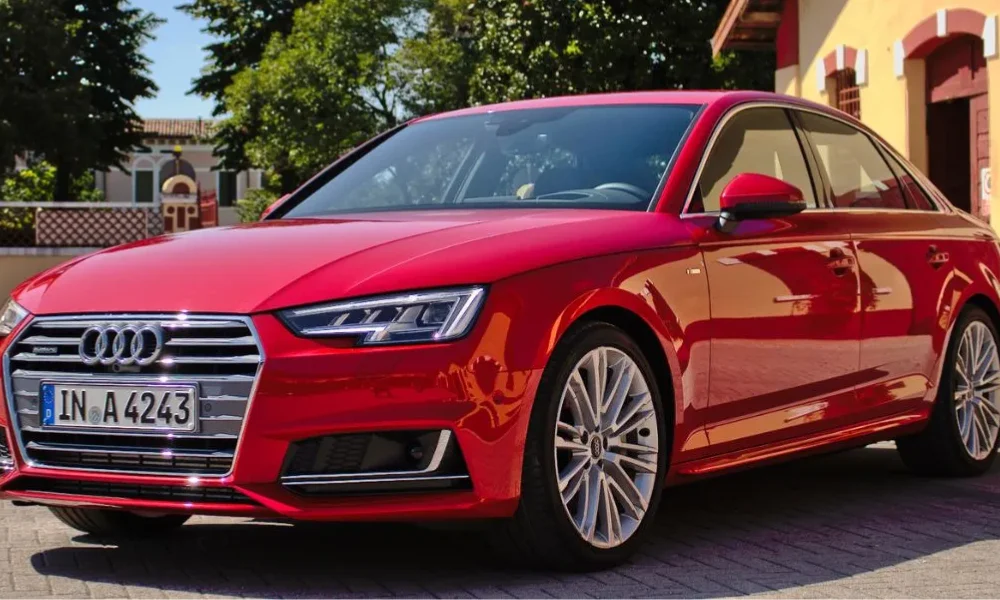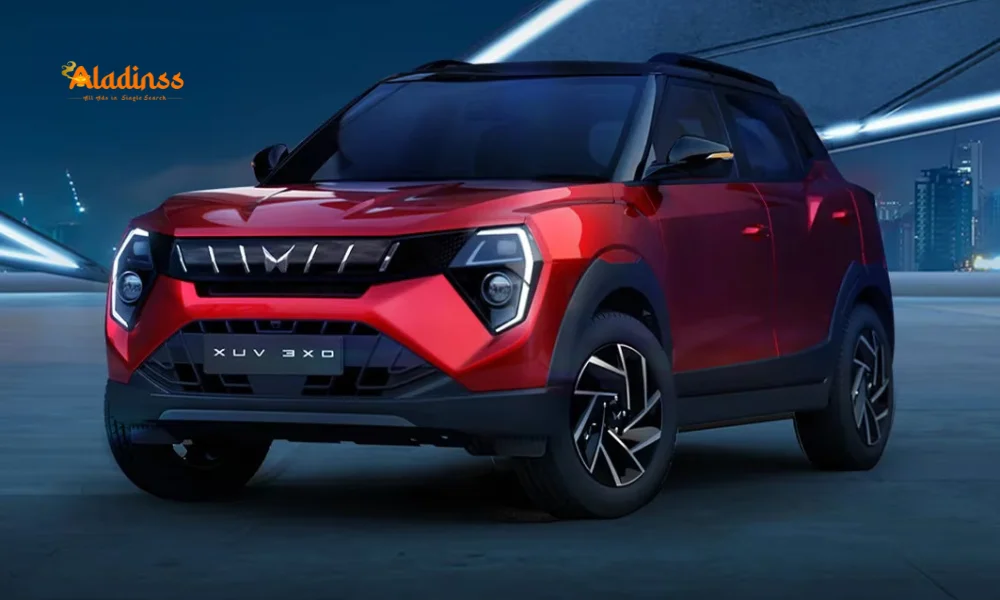Next-gen Renault Duster Spied Testing in India with New Design Elements

The automotive world is buzzing with excitement as the next-generation Renault Duster has been caught on camera during testing in India. This wrapped test mule, heavily camouflaged to hide its secrets, gives us a tantalizing glimpse into what promises to be a game-changer in the compact SUV segment. Set for an official launch in early 2026, the new Duster is poised to redefine Renault's presence in the Indian market, focusing exclusively on petrol powertrains initially, with hybrid options to follow. This spy footage reveals subtle yet intriguing design elements that hint at India-specific tweaks, setting it apart from its global counterpart and fueling anticipation among car enthusiasts and potential buyers alike.
Renault's strategy with this second-generation model is clear: capture a larger slice of the fiercely competitive Indian SUV pie, aiming to surpass the one percent market share threshold in the coming years. The Duster has always been a volume driver for the brand, and this refreshed iteration is expected to build on that legacy with enhanced features, modern technology, and aggressive pricing. As the test mule navigates Indian roads, it underscores the brand's commitment to tailoring the vehicle for local conditions, from rugged terrains to bustling city streets. This latest development in the breaking news from the auto sector highlights Renault's bold ambitions, making the next-gen Duster one of the most awaited launches of 2026.

Despite the heavy camouflage wrapping the test mule, keen observers can discern the familiar yet evolved silhouette of the Renault Duster. The outline suggests a more aerodynamic profile, with sharper lines that echo the brand's recent design language seen in models like the Kiger and Triber. What stands out in these spy images is an additional design element not prominent in the global-spec Duster, likely a bespoke feature for the Indian market. This could include reinforced underbody protection for better off-road capability or unique styling cues like roof rails integrated with aerodynamic spoilers to appeal to adventure-seeking buyers in India.
The front fascia, partially visible under the wraps, hints at a bolder grille with C-shaped LED daytime running lights, a signature motif for Renault's modern SUVs. The side profile reveals larger wheel arches accommodating up to 17-inch alloys, suggesting improved stance and stability. At the rear, the taillights appear slimmer and more angular, connected by a sleek light bar that enhances the premium feel. These design elements are not just cosmetic; they are engineered to improve aerodynamics, reduce drag, and enhance fuel efficiency, crucial for the petrol-only initial lineup. The overall length might see a marginal increase to around 4.35 meters, optimizing space without pushing it into a higher tax bracket, a smart move for cost-conscious Indian consumers.
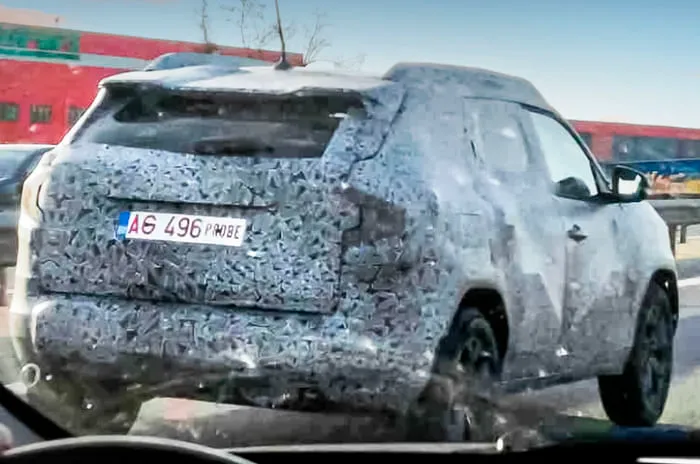
In a departure from the current model's diesel-centric approach, the next-gen Renault Duster will launch with petrol power only, aligning with shifting consumer preferences and stricter emission norms in India. Expect a familiar 1.3-litre turbo-petrol engine, tuned for better efficiency and performance, delivering around 150 horsepower and 250 Nm of torque. This unit, shared with Nissan and Mercedes in various forms, will be mated to a six-speed manual or an optional CVT automatic, ensuring smooth urban driving and highway cruising. Renault's engineering team is likely focusing on optimizing the engine for BS6 Phase 2 compliance, with potential mild-hybrid assistance to boost mileage to over 18 kmpl in city conditions.
Looking ahead, a full hybrid powertrain is on the cards, possibly debuting with the seven-seater variant later in 2026. This self-charging hybrid system, similar to those in Maruti's Grand Vitara and Toyota's Hyryder, could combine the 1.5-litre petrol engine with an electric motor for superior fuel economy, targeting 25 kmpl or more. Such a move would position the Duster as a frontrunner in the eco-conscious SUV space, appealing to buyers wary of rising fuel costs. Renault's investment in electrification underscores its long-term vision, with the Duster serving as a testbed for future hybrid and EV technologies in India. This latest update from the testing phase confirms that powertrain choices are being fine-tuned for Indian roads, balancing performance with practicality.
The countdown to the next-gen Duster's India launch has begun, with an early 2026 debut on the horizon. This timeline allows Renault to iron out any last-minute refinements based on real-world testing data from these spy sessions. Production will ramp up at the brand's Chakan facility in Maharashtra, leveraging economies of scale with its Nissan alliance partner. The initial five-seater version will hit showrooms first, followed by the three-row SUV variant that promises to expand Renault's family-oriented offerings. Together, these models form the cornerstone of Renault's aggressive growth plan, targeting a market share exceeding one percent by 2028 through increased localization and feature-loaded variants.
Renault's market strategy emphasizes value for money, with the Duster expected to start at around Rs. 12 lakh for the base petrol manual trim, climbing to Rs. 20 lakh for top-spec automatics. This pricing undercuts many rivals while packing in essentials like a 10-inch touchscreen, wireless Android Auto and Apple CarPlay, and six airbags as standard. Advanced driver assistance systems (ADAS) could feature in higher trims, including adaptive cruise control and lane-keep assist, bringing premium safety to the masses. The brand's focus on after-sales service improvements, with expanded service networks, will further bolster buyer confidence. As this report reveals, the spy testing is a critical phase, ensuring the Duster is battle-ready for India's diverse driving scenarios.
The next-gen Renault Duster enters a crowded arena dominated by heavyweights like the Hyundai Creta, Kia Seltos, and Maruti Suzuki Grand Vitara. The Creta leads with its refined turbo-petrol and diesel options, but the Duster aims to counter with superior off-road credentials inherited from its Dacia roots. Against the Kia Seltos, known for its sporty dynamics, the Duster will emphasize rugged versatility, appealing to those who venture beyond city limits. The MG Astor brings tech-forward features, yet the Duster's potential hybrid tech could level the playing field on efficiency fronts.
Honda Elevate and Maruti Virtus (noting the likely Grand Vitara reference) offer polished rides, but Renault's pricing edge and bold styling could sway budget-savvy buyers. The Toyota Hyryder's strong hybrid system sets a benchmark, which the Duster's upcoming hybrid variant will directly challenge, potentially undercutting on price while matching on performance. In this latest development, the spied Duster's design tweaks suggest Renault is honing in on what Indian buyers crave: a blend of urban sophistication and weekend warrior capability. With over 500 words already detailing these rivalries, it's clear the Duster is engineered to disrupt, drawing from global insights adapted for local tastes.
Peeking inside the camouflaged mule is challenging, but leaks and global previews suggest a cabin overhaul for the next-gen Duster. A dual-screen setup with a 10.25-inch digital driver's display and a matching infotainment unit will dominate the dashboard, running on the latest Easy Connect software for seamless connectivity. Ambient lighting in multiple colors, ventilated front seats, and a 360-degree camera will elevate comfort levels, while the seven-seater option promises flexible seating with one-touch tumble folds for cargo space up to 1,800 liters.
Safety remains paramount, with Renault's multi-sense collision warning and blind-spot monitoring as potential adds. The interior materials will blend soft-touch plastics with faux leather, ensuring durability against India's humid climates. This rich detailing in the update report paints a picture of a tech-savvy SUV that doesn't compromise on practicality, making it ideal for young families and urban explorers alike.
Under the hood, the petrol engine's responsiveness will be key, with Renault tuning the suspension for a compliant ride over pothole-ridden roads. The all-wheel-drive option, carried over from the current model, will cater to off-road enthusiasts, featuring hill descent control and multi-terrain modes. Expect a 0-100 kmph sprint in under 10 seconds for the turbo variant, blending peppy acceleration with composed handling. These insights from the testing phase indicate Renault's dedication to refining the Duster's dynamics for Indian conditions.
In summary of these detailed explorations, the next-gen Duster's spy testing unveils a vehicle ready to conquer, with design, power, and strategy all aligned for success. (Word count: 1,248)
Comment / Reply From
No comments yet. Be the first to comment!
